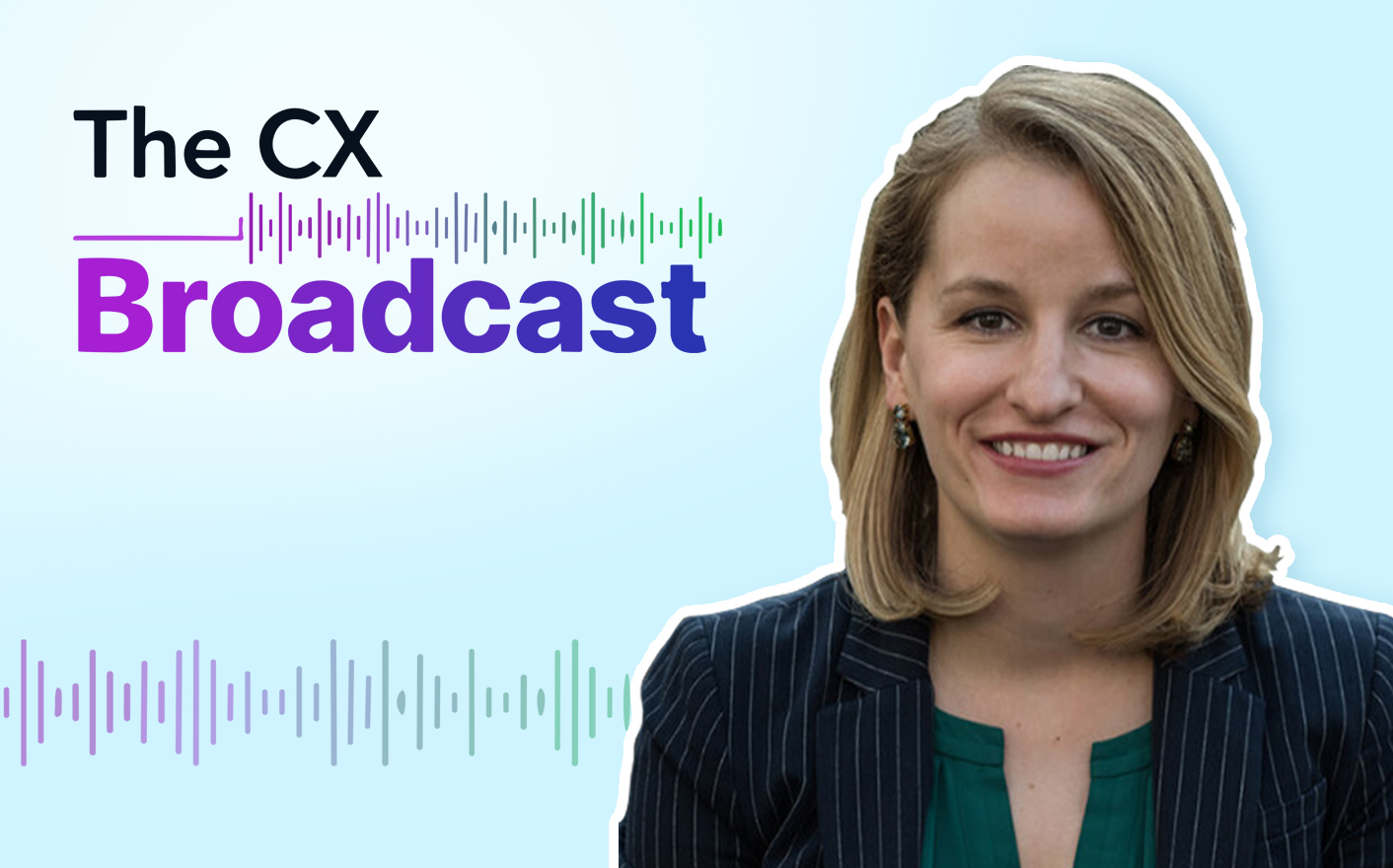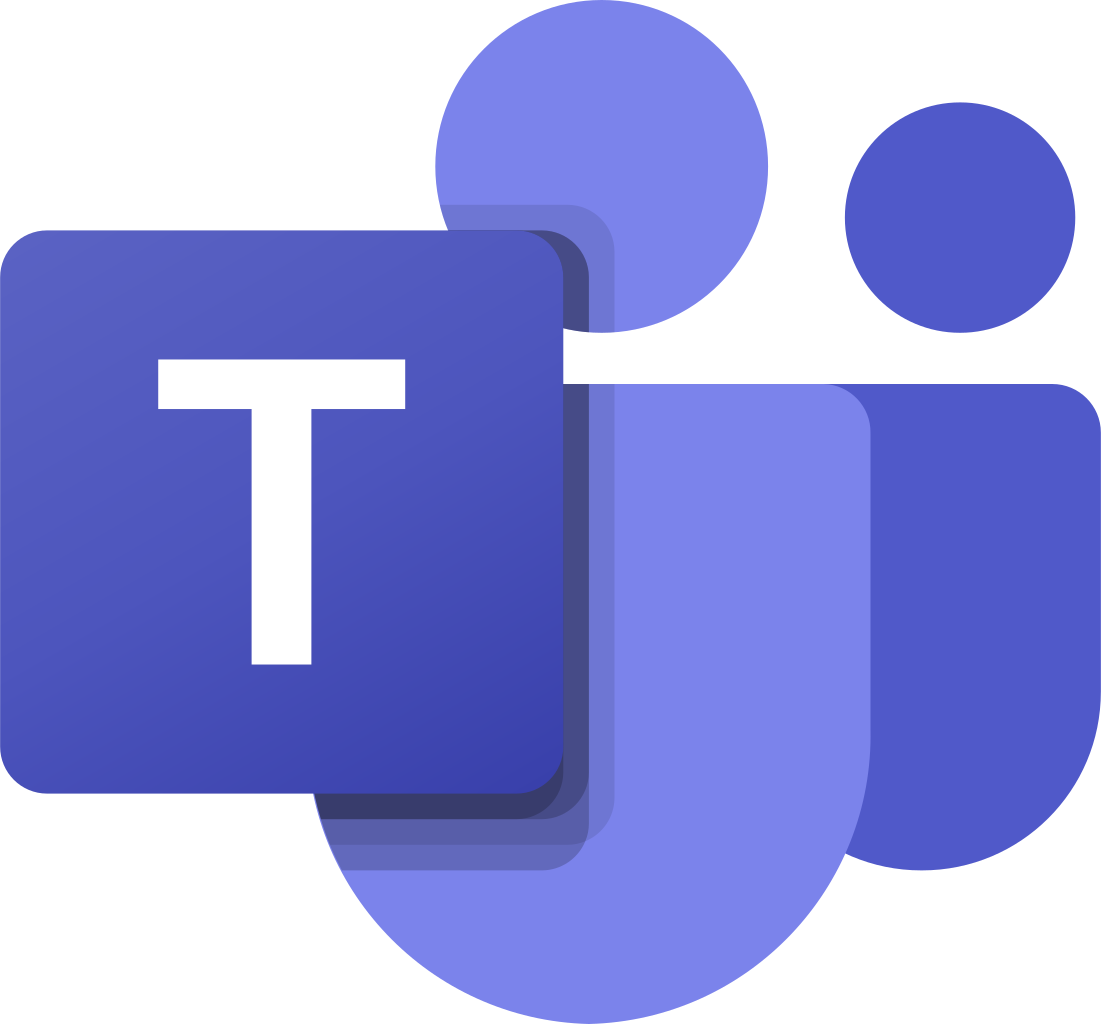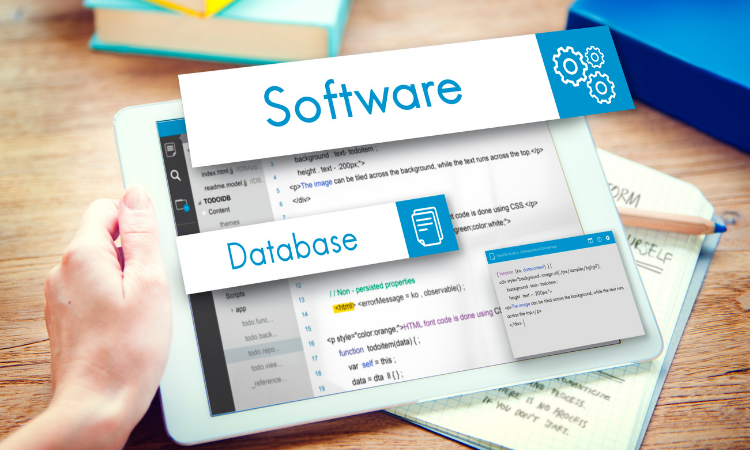The other day, my grandfather, who was in business at his time, was sharing with me about how they measured customer feedback and happiness. It was through gestures and conversations. He said a smile after a purchase, or a revisit was an indicator of customer satisfaction.
The same ethos holds true today as well. Except now there is more competition, and varied customer touch points, but measuring customer satisfaction is just as important, or perhaps more. A study by Walker predicted that “by the end of 2020*, price and product will be overtaken by customer experience and satisfaction as the key brand differentiators.”
Measure Customer Satisfaction and Improve Customer Experience🔥
Create customized surveys and feedback forms and take real-time feedback from your customers at all touchpoints.

What is Customer Satisfaction?
Customer Satisfaction is a feeling of happiness and pleasure when a product or service meets or exceeds customers' expectations. Measuring Customer Satisfaction is important as it helps identify Unhappy Customers, helps reduce Customer Churn, help identify happy customers and loyalists, promotes Customer Advocacy, and attracts more Business and Growth.
Measuring Customer Satisfaction is the first step to understanding how your customers feel and to attend to customer issues and complaints. This, in turn, helps you prevent your customers from churning and grow your business.
Customer Satisfaction and Business Growth: Why Does Your Customer Satisfaction Matters?
Customer satisfaction & Happiness have a strong correlation to the health of your business that’s why customer satisfaction has become a revolutionary indicator that enables you to drive business growth.
Why do you need happy customers? Because happy customers not only repurchase from your business but are also likely to spend more on your product, no matter how costly it is. A happy and satisfied customer will always share his positive reviews among friends, relatives, and colleagues and give them a recommendation for your business.
This not only strengthens your customer loyalty but also improves the customer acquisition rate and puts a positive impact on business growth and the profit rate.
Customer satisfaction & Happiness helps in improving business performance. How? When you serve your customers with a delightful experience, this ensures a level ahead of satisfaction and happiness to your customers. If you have an army of actively happy customers in your business this prevents customer churn and opportunities to improve the performance of your business.
Moreover, when you keep tracking your customers, this helps you to predict the future purchase behavior of your customers. These predictions further help you to improve the level of your products and services. Reviews from happy customers empower you to turn around any unhappy customers before they churn out of your business.
How to Measure Customer Satisfaction & Happiness
Is there any specific KPI or metric to measure customer happiness? Bain & Co recently surveyed 362 firms, they found that 80% of businesses believed they delivered a “superior experience” to their customers. However, when they surveyed the customers, they heard very different feedback from them, only 8% of companies succeeded in delivering exceptional CX.
So unless you don’t ask them directly, you would not be able to identify those gaps that have created a bridge between you and your customers. You need to know how they are feeling about your products, services, business, or brand.
Customer Surveys are by far the most efficient way to collect data related to the customers. Gone are those days, when surveys comprised reams of paper, excessive questions, and tedium that leads to nothing more than the zero response rate. Thanks to the Customer Feedback Software that enables the business to operate customer feedback in a real-time and different way. It provides various customer service metrics that enable you to gauge customer happiness from different perspectives.
- Customer Satisfaction: Customer Satisfaction Score (CSAT)
The state of complete happiness can be achieved through satisfaction. If your customers are satisfied with your products, services, or interaction, they are considered to be happy customers. And if your happy customers encounter a series of exceptional customer experiences along with the satisfaction, they will become your loyal customers.
Your loyal customers advocate your brand and spread positive word of mouth that can also convenience your unhappy existing customers and retain them back. 80% of your company’s future revenue will come from just 20% of your existing customers. So, gauging customer satisfaction develops an emotional relationship between a brand and its customers.
The Customer Satisfaction Score (CSAT) is the most efficient way to track the satisfaction level of your customers at various touchpoints including post-order, post-payment, post-transaction, post ticket raised, etc. CSAT software helps you to create real-time satisfaction surveys that can be used efficiently as a transactional metric. The CSAT survey evaluates customer satisfaction with product updates and keeps a check on key customer touchpoints and customer journey moments.
CSAT can be gauged using a standard CSAT question -“How satisfied were you with your experience?” Based on the experience customers perceived, they range their satisfaction level either on the scale ranges 1-3, 1-5, or 1-10 or on the scale of agree/disagree scales, stars, or smiley survey. CSAT can be calculated using the simple CSAT calculation formula: CSAT = Number of Satisfied Customers ÷ Total Number of Respondents.
- Customer Loyalty: Net Promoter Score®(NPS)
With the growing importance of customer happiness and satisfaction, measuring customer loyalty has become an integral part of the business. Doing loyalty checks on customers will help you to understand your customers having different perspectives about your products, services, brand, or business. Now the question is how to measure customer loyalty?The Net Promoter Score® (NPS) is a metric that gauges customer loyalty by measuring the willingness of customers to recommend a company, it's products or services to others. NPS ranges from -100 to 100. NPS measures customer loyalty based on one simple question - "How likely would you be to recommend our product/service/brand/business to a friend?". Herein, customers are provided with a score scale ranging from 1-10.
Based on their experience or the perception they perceived will score their willingness. If they give you 1-6 then they are Detractors who are unhappy and dissatisfied customers. They are risky to your business and brand. Whereas, if they give you a 7-8 score, then they are Passives, who are neutral and not harmful for your business. Customers who give you a 9-10 score are Promoters who are happy and satisfied customers. They advocate your brand in the market. You can also use sentiment analytics to gauge the sentiments of customers based on their qualitative feedback.
As Rome was not built in a day, similarly good things like Customer Loyalty cannot be earned in a day. Besides the quality of the products or services, you need to make yourself ace in delivering an exceptional customer experience to ensure maximum customer satisfaction. There are a series of experiences that a customer encountered throughout his/her shopping journey. So, a business needs to gauge customer satisfaction.
Post interaction or post-purchase or Transactional NPS surveys help you to measure the willingness of your customers to recommend your product/service/business or brand based on the instant experience. This in-the-moment feedback helps you to quickly identify the inconvenience and inexperience in the buying process, payment completion, billing, and more.
You can make your Transactional NPS more effective by making a slight change in a standard NPS Question. Add ‘based on your recent experience’ in your NPS Survey like:
- Based on your recent purchase, how likely are you to recommend us to your friends & family?
- How likely are you to recommend us to your friends and family, based on your recent interaction?
- First Contact Resolution (FCR) Rate: Customer Effort Score (CES)
There are various parameters available in the market to evaluate the quality of the customer support service. One among them is the First Contact Resolution (FCR) Rate. It refers to the numbers or percentage of the contacts that are resolved within the first interaction with the customer. If you extend the call or chat to the second session, it no longer qualifies as a First Contact Resolution (FCR).
Thus, providing resolutions at the initial call will impact the customer experience. This in turn may change the perception of the customers which he built due to inconvenience. The higher the First Contact Resolution rate, high will be the customer satisfaction ratings. You can also improve your First Contact Resolution Rate by boosting the hours of training of agents. MetricNet identified that the most significant driver of FCR is agent training hours. The more quality-grade training a customer support representative receives, the higher will be the net FCR.
Now the question is to improve FCR, you need to evaluate the quality of your customer support services. So, the Customer Effort Score (CES) metric enables you to gauge the quality of your customer interaction services by inspecting the level of efforts customers are putting in to get their queries solved. Say, a customer raised a query and your team members and agents resolved it. So, now you can send a CES Survey or a customer service survey to ask the customer for their feedback about the ease of getting their issue resolved.
By taking a CES feedback post service interaction, post a ticket has been closed, or a service has been executed, helping you to get instant feedback about the customer interaction. Based on these data, you can set the hours of agents’ training to improve FCR.
- First Response Time (FRT)
The First Response Time metric is designed with the intent to measure the speed of dealing with the customers’ problems. First Response Time measures the time taken by a customer support member to first respond to an incoming customer query.
FRT highlights the speed of the team to take up the queries in a day. 50% of consumers give a brand one week to respond to their emailed question before they stop doing business with you. But customers these days expect a fast response. They quickly leave your business when their queries aren’t resolved promptly and spread bad word-of-mouth for your brand among their friends and relatives. As quickly as your team attends to the query of the customers, it helps you to take the customer relationship to the next level.
- Problem Resolution Time: Customer Effort Score (CES) Survey
The overall customer happiness can be achieved when you as a business provides an exceptional experience to the customers. Customer experience also constitutes the interaction experience, especially when it comes to resolving the issues. Every customer expects to get their queries resolved as quickly as possible. So, if you can solve the query quickly, this may draw a positive impact on your brand in the customer's mind.
Problem Resolution Time is another metric that enables you to check your team’s total time invested in resolving a customer issue. Moreover, Problem Resolution Time gives you a clear picture of the team's speed and efficiency to resolve the customers’ issues.
If your Problem Resolution Time is quick, it means your customer support team is not only well equipped to resolve issues quickly but also adept at solving complex problems as well. Those companies who have started evaluating Problem Resolution Time have found that customers who get their issues resolved quickly share to six others about their positive experience.
It is a misconception that Problem Resolution Time and First Response Time are the same things. No, these two are different metrics, both metrics show the speed of your customer team. But Problem Resolution Time also draws attention to efficiency in a way that first response time can’t. Quick resolution times generally show that your team is prepared to best resolve issues and adept at problem-solving. Longer resolution times can also point to complex problems or high-maintenance customers that require more attention.
- Customer Churn Rate: Net Promoter Score®(NPS)
Earlier when there was no specific tool to measure customer’s happiness, traditional business owners gauge customers' satisfaction or happiness with the number of repeat sales. If the customers are coming to purchase again and again, it means they are satisfied and happy. If they are not coming back, it means they are not happy and satisfied with the quality of the products, services, or customer support services. So, this could be applied now as well. By keeping a check on the numbers of customers staying in and going out, you can measure customer happiness.
Customer Churn Rate refers to the customers that don't return to your company after purchasing due to a bad customer experience. Calculating the churn rate helps you to avoid potential blunders and make necessary improvements in your products and services. Customer Churn Rate can be calculated using the simple formula:
Churn Rate % = Number of Churn Customers ÷ Total Number of Customers ✕ 100
Total Number of Customers = Number of existing customers + Number of acquired new customers - Number of churned customers.

 MS Teams
MS Teams












